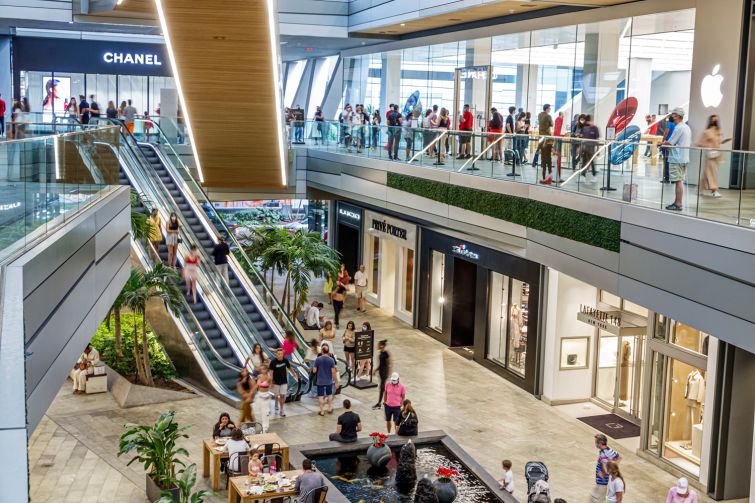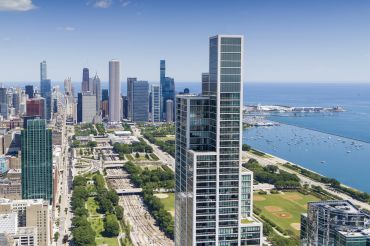Report: With High Rates and No Supply, Retail’s the New Darling of CRE Finance
JLL Capital Markets finds that rents jumped nearly 4%, supply has stalled
By Brian Pascus November 10, 2023 11:35 am
reprints
For a long time, retail was the ugly duckling of commercial real estate. Now it might be the best-kept secret among the big five asset classes.
A new report from JLL Capital Markets found that a supply crunch in retail has pushed rents up and made retail properties a popular lynchpin of capital markets securitizations, investments and mergers now that office has fallen out of favor in the post-COVID climate.
In September, sales of retail properties grew for the sixth straight month, jumping 0.7 percent from August, and rising 3.8 percent year-over-year, according to JLL. Much of this is due to a lack of available space: New deliveries have stalled even as 145 million square feet of retail product was demolished in the last five years, mostly in obsolete shopping malls.
“[In 2023] interest rates have risen a lot, all legacy deals are upside-down, so retail is actually performing really well. The problem tenants are being pushed out, there hasn’t been a lot of new construction since before the GFC, so there’s a lack of new supply,” explained Scott Aiese, senior managing director at JLL Capital Markets.
“The amount of rent growth we’ve seen is pretty fantastic as it relates to the mark-to-market rent,” he added.
Much of the rent growth has been driven by supply constraints. Today the availability rate – ratio of available space divided by total space on the market – is nearly 200 basis points below its historical average of 6.8 percent, according to JLL.
Aiese noted that there’s little vacancy. Of the 6.4 billion square feet of general retail space across all 50 states, the vacancy rate sits at 2.5 percent in the third quarter of 2023, with only 5.3 million square feet of net deliveries and 42.7 million square feet of new construction in the pipeline, according to JLL data.
“Over the last 12 years, there’s been no new supply. And then at the same time, you think about the subtraction of supply, with malls being demolished, so there aren’t as many good locations for tenants to go to,” explained Aiese.
On the other hand, urban retail has thrived in central business districts, while suburban retail has flourished with the demographic shift to the suburbs.
“Urban street retail is finding a footing, but in neighborhood districts it’s better than ever. In the Astorias, the Upper West Sides, you have 24/7 populations using the restaurants or stores,” said Aiese. “You’re also now seeing millennials move to suburbs who’ve created families. “That’s who shops a lot: new families who fill up their houses with stuff. That’s who’s moving around, those are the big consumers.”
Retail has “really found a moment where we see capital flow into it,” he added.
Those capital flows have meant big changes for retail in the CMBS, mergers and acquisitions, and real estate investment trust [REIT] spaces.
In August, Kimco Realty acquired RPT Realty in a $2 billion all-stock deal. The deal added 56 open-air shopping centers to Kimco’s growing shopping center operation.
Then in October, Realty Income Corporation and Spirit Realty Capital merged in a $9.3 billion all-stock transaction, combining thousands of retail properties into one umbrella company.
Moreover, the CMBS market has initiated a new pattern of leaning into retail at the expense of office in both conduit deals and single-asset, single-buyer [SASB] transactions.
Of the total amount of CMBS issuance in 2023, 13.4 percent has been secured behind office properties, while 24 percent has been secured by retail. In 2020, office securitizations were 37 percent of CMBS issuance, while retail was barely 11 percent, according to JLL internal data.
“So the banks are pushing that [amount of office] down … and the group that’s benefiting from that the most is retail,” said Aiese. “I think this year my team alone has done $2 billion worth of retail, and it’s a byproduct of it being highly investable today.”
Brian Pascus can be reached at bpascus@commercialobserver.com


